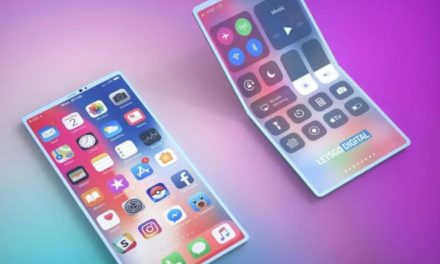By the end of 2013, global LTE-related cellular subscriptions surpassed 230.9 million, 3.3% of mobile subs, and will continue to grow at a CAGR [compound annual growth rate] of 36.6% between 2014 and 2019, to exceed two billion, according to ABI Research (www.abiresearch.com).
The extensive presence of LTE networks is also stimulating the deployment of VoLTE. By the end of 2014, there are expected to be 59.6 million VoLTE subscriptions in place, and it is expected that nearly 56% of LTE-related cellular subscriptions will be using VoLTE services by the end of 2019.
“For VoLTE to be a success, there needs to be widespread adoption of the technology by handset vendors and not just the operators. There are some promising signs, though — it is anticipated that Apple will incorporate VoLTE into iPhone 6,” says Marina Lu, research analyst at ABI Research.
The strong subscriber adoption in 2013 has correlated with strong LTE-enabled handsets shipments, equivalent to 335.4 million units in 2013; up 222% year-on-year. LTE is not just stimulating the sale of LTE-enabled handsets but also LTE-enabled tablets and USB dongles. This has been sustained by the growing popularity of shared-data plans and better LTE network coverage.
In 2014, LTE-enabled media tablets are expected to ship 12.8 million units annually along with 10.6 million USB dongles. Mobile operators have continued to invest significantly in LTE network, which will cover around 64% of the world’s population by 2019.
“Early LTE roll-out can confer first mover advantage,” adds Jake Saunders, vice president and practice director of core forecasting. “In Asia-Pacific, South Korean operators have used LTE to boost profit margins (9.4% higher than normal); and China Mobile is pinning its hopes on LTE-TDD to help it catch up with its competitors in mobile broadband services. In the United Kingdom, Everything Everywhere has gained four times as many LTE subscribers as the nearest competitor.”

![[MD1] REALbasic 2.0.1](https://www.mactech.com/wp-content/themes/Extra/images/post-format-thumb-text.svg)
